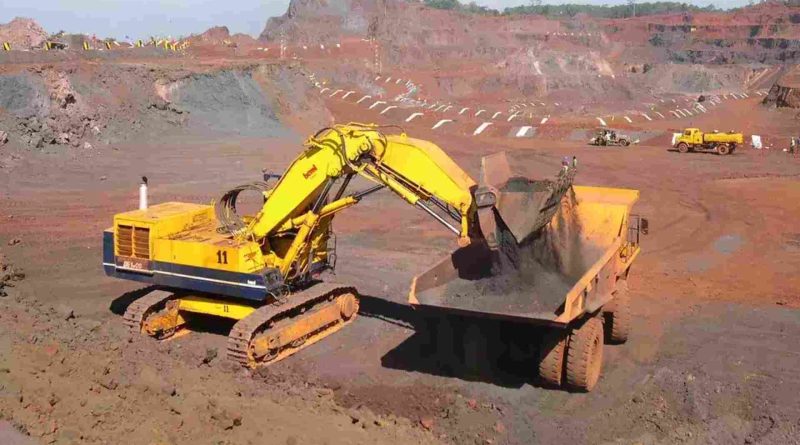Unearthing Opportunities: Navigating India’s Mineral Landscape for Sustainable Growth
In the realm of mineral-rich growth, the nation must consider easing its mining regulations.
The discourse delves into the challenges plaguing India’s mining industry, shedding light on the burgeoning demand for minerals in the nation’s foreseeable future.
Why this surge in mineral demand?
With the Indian government’s emphasis on electric vehicles, a seismic shift in mineral requisites looms. These vehicles, requiring sixfold more minerals than traditional automobiles, will spur a colossal demand for lithium, cobalt, nickel, and graphite, in addition to iron and bauxite.
Moreover, the implementation of PLI schemes targeting advanced chemistry cell batteries, solar PV modules, and electronics manufacturing is poised to further amplify the demand for energy-transition minerals.
India’s ambitious goal of achieving 500 GW of non-fossil fuel energy capacity, predominantly through wind and solar energy, will necessitate a substantial mineral influx. As per IEA, onshore winds demand nine times more minerals than gas-fired power plants, while solar PV panels require thrice the mineral input of coal-fired power plants.
Furthermore, as India aspires to become a global electronics hub, minerals will constitute a cornerstone in this pursuit, with 13 minerals integral to mobile handset manufacturing.
Even in traditional sectors like housing, infrastructure, and transportation, mineral demand remains unabated.
What hurdles impede India’s mining sector?
Regulatory bottlenecks continue to stifle mineral production growth in India. The country’s meager expenditure on exploration, particularly for deep-seated minerals such as copper, zinc, and gold, remains a glaring issue.
Additionally, stringent laws restrict mining leases to a mere 10 sq km per mineral in a state.
Minerals like iron ore and bauxite grapple with the challenge of double taxation in the form of royalty on royalty, exacerbating the sector’s woes.
Moreover, discrepancies persist in the treatment of minerals, with the Auction Sale Price (ASP) of certain minerals, like bauxite, inflated to three to four times the actual market price, hindering large-scale auctions.
How can we chart a path forward for the mining sector’s rejuvenation?
To invigorate exploration endeavors, a shift from the prevailing “revenue-maximizing” paradigm to an “exploration investment incentivizing” model is imperative.
In the auction framework, abolishing area restrictions on mining leases is crucial.
Legislation must exclude royalty and ancillary charges from the sale value to determine the Auction Sale Price (ASP), ensuring uniformity across all minerals.
Furthermore, enabling private sector participation in the extraction of critical minerals, such as lithium, for non-atomic applications, demands inclusion in regulatory reforms, possibly exempting them from certain provisions of the Mines and Minerals (Development and Regulation) Act, of 1957.

